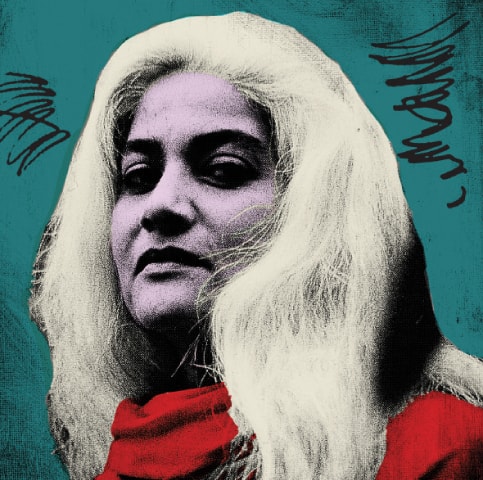
How do families deal with children who show an inclination towards the arts? Drawing and painting, singing, playing music or dancing are considered adorable when kids are young, but troubling when they don’t grow out of it.
One of our final-year fine arts students had his drawings regularly torn up by his father, who wanted him to concentrate on a career in engineering. Many famous artists developed their passion while being at odds with their families. Edgar Degas’ father wanted him to join law school, Paul Gauguin gave up his life as a stockbroker and Paul Cezanne attempted to become a banker as desired by his father. Joan Miro attended commercial college but after two years as a clerk, had a mental breakdown before his parents let him attend art school. While Toulouse-Lautrec’s aristocratic parents did not prevent him from studying art, his physical deformity (having fractured both femurs in childhood) made him feel more at home in Bohemian Montmartre, amongst the outcasts of the music halls and brothels of Paris.
Nurturing a child’s creative spirit is a combined effort of schools and family. The US-based National Foundation for Gifted and Creative Children lists 10 characteristics of gifted children that often get ignored or misinterpreted. These include extreme sensitivity, high energy levels, getting bored readily, easily frustrated, compassionate and loving, needing lots of encouragement and poor at rote learning.
Average school systems are usually unable to cater to the needs of gifted children. Thomas Edison, Isaac Newton, Albert Einstein and Ludwig van Beethoven are some of the gifted students who failed or were expelled from their schools. When parents or teachers fail to understand highly creative children, they tend to withdraw and refuse to learn.
Renowned Malaysian expert on creative children Dr Yew Kam Keong, in his book Nurturing Creative Children, has written a detailed guideline for parents and teachers.
Lucy Jo Palladino’s ‘Edison Children’ are gifted dreamers who could become designers architects and artists, discoverers who make good inventors, pioneering industrialists, dynamos who become great athletes, fighter pilots and emergency health workers later in life.
Most school curricula nurture the left side of the brain responsible for logical mathematical and verbal skills, while the right brain which is intuitive, visual and imaginative is often ignored. If the right brain abilities are developed between ages zero to six years, they stay for life. Developing both sides of the brain develops the full abilities of a child. The architect and inventor Buckminster Fuller said, “All children are born geniuses and we spend the first six years of their lives degeniusing them.”
Most school curricula nurture the left side of the brain responsible for logical mathematical and verbal skills, while the right brain which is intuitive, visual and imaginative is often ignored.
Overly structured lives with no time for fun, play and exploration wither the imagination. Play and fantasy are essential activities for a child according to Carl Jung. Better than expensive toys is turning empty cartons into cars or spaceships or draping sheets on chairs to make castles. Parents should read or make up bedtime stories, cut orange peels into interesting shapes, teach pahelis or riddles, help children find shapes in clouds and praise their efforts. Both parents need to be equally involved as each brings different energies.
We grew up trying out invisible writing made with lemon juice, made our own ghulayls or catapults, bows and arrows, skipped rope, made cats’ cradles or tana bana, climbed trees and found tadpoles in rain puddles. Our elders made shadows on the walls with their hands and took us on picnics. Plato said, “Young children learn by games; compulsory education cannot remain in the soul.” Playing develops self-discipline which is far more effective than imposing discipline. A creative child is a happy child and grows into a productive adult.
“Parents should realise that it is better to bring children up as excited innovators and thinkers instead of unhappy and obedient followers,” says Chong Sheau Chin, Director of Asean Work-Life Balance Project.
Durriya Kazi is a Karachi-based artist and heads the department of visual studies at the University of Karachi Email: durriyakazi1918@gmail.com
Published in Dawn, EOS, September 22nd, 2019















































Dear visitor, the comments section is undergoing an overhaul and will return soon.